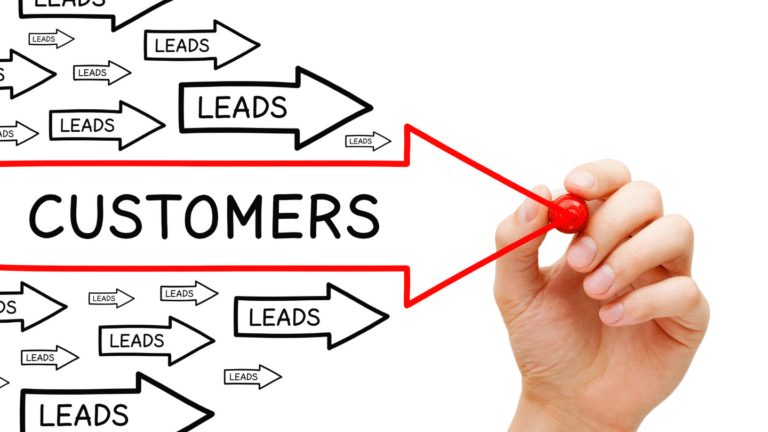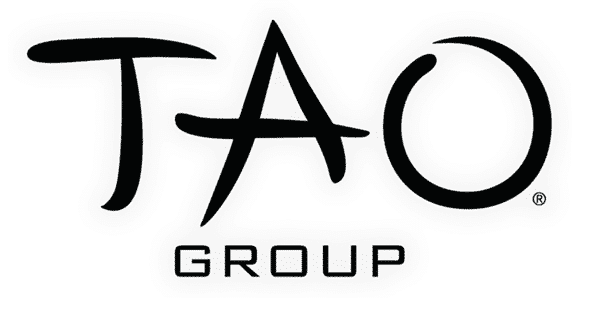
Retargeting is one of the most powerful strategies in digital marketing, allowing businesses to re-engage visitors who have interacted with their website or ads but haven’t yet converted. With advanced retargeting techniques, brands can personalize user experiences, create multiple touchpoints, and ultimately drive higher conversion rates.
Understanding Retargeting and Its Importance

Retargeting, often referred to as remarketing, is a strategy that focuses on bringing back potential customers who have previously engaged with your brand but did not complete a desired action, such as making a purchase or signing up for a service. Since most users do not convert on their first visit, retargeting helps maintain brand awareness and nurtures potential customers through the conversion funnel.
When users visit a website, tracking pixels or cookies are placed on their browsers, enabling businesses to follow up with tailored ads across platforms like Google, Facebook, Instagram, LinkedIn, and more. This consistent exposure keeps the brand at the top of their minds and encourages them to return and complete their journey.
Audience Segmentation for Effective Retargeting

Effective retargeting begins with audience segmentation. Instead of showing the same ads to all past visitors, businesses can achieve better results by categorizing audiences based on their behaviors, interactions, and intent.
Visitors who abandon their shopping carts can be shown targeted ads reminding them of their incomplete purchase, sometimes with an added incentive like a discount or free shipping. Users who viewed specific products without adding them to their cart can be retargeted with dynamic ads featuring the same products. Those who engaged with blog content but did not proceed further can be retargeted with relevant lead magnets, such as eBooks or webinars. Previous customers can be re-engaged with personalized offers, loyalty programs, or cross-selling campaigns. Time-based segments, targeting users who haven’t visited the site in weeks or months, can be leveraged with re-engagement campaigns offering special incentives to bring them back.
Advanced Retargeting Techniques for Higher Conversions

Beyond basic retargeting, advanced strategies help brands refine their approach and maximize conversions.
Dynamic retargeting is a method that tailors ads specifically to users based on their past interactions. Unlike generic retargeting, dynamic retargeting displays personalized product recommendations, ensuring a highly relevant ad experience. Platforms such as Google Ads, Facebook Dynamic Product Ads, and Amazon use machine learning to determine which products a user is most likely to purchase. Including elements like “Only a few left in stock!” or “Limited-time offer” in these ads can create urgency and encourage quicker conversions.
Cross-channel retargeting ensures users see retargeting ads across multiple platforms rather than just one. A user who visits a brand’s website may later encounter retargeting ads on social media, YouTube, Google Display Network, and even within their email inbox. This omnichannel presence reinforces brand recall and increases the likelihood of conversion. Integrating email, SMS, and WhatsApp follow-ups further strengthens this approach, offering multiple touchpoints for engagement.
Sequential retargeting focuses on storytelling rather than repeatedly displaying the same ad. A brand can introduce an initial awareness ad to reintroduce itself, followed by an educational ad explaining product benefits, and then a conversion-focused ad offering a discount or testimonial. By gradually nurturing the user with varied content, this method prevents ad fatigue and enhances engagement.
Email retargeting is another powerful tool that integrates well with paid advertising efforts. If a user abandons a shopping cart, they can receive an automated email reminder, followed by a targeted ad reinforcing the same message. If they ignore the email, additional retargeting can be deployed across social media platforms. Personalizing email subject lines with urgency, such as “Your cart is expiring soon!” or “Get 10% off before midnight,” can boost engagement and drive conversions.
AI-driven retargeting takes remarketing to the next level by using predictive analytics to suggest products or services that align with a user’s browsing and purchasing behavior. If a customer previously bought a laptop, AI-driven retargeting may suggest accessories like a mouse, laptop stand, or extended warranty. Platforms such as Criteo, BlueKai, and Adobe Sensei analyze user behavior in real time to determine the most effective retargeting approach.
Optimizing Retargeting Campaigns for Maximum ROI

For retargeting campaigns to be successful, continuous monitoring and optimization are essential. Tracking key performance metrics such as click-through rate (CTR), conversion rate (CVR), return on ad spend (ROAS), and cost per acquisition (CPA) provides valuable insights into campaign performance. High ad frequency can lead to user fatigue, making frequency capping a useful technique to limit the number of times a user sees a specific ad.
A/B testing different ad creatives, messaging, and CTAs helps identify what resonates best with audiences. Experimenting with different formats, such as static images, carousel ads, or video ads, allows brands to determine which approach drives the highest engagement. Optimizing landing pages to ensure they align with the retargeting ad messaging creates a seamless user experience and improves conversion rates. Excluding converted users from retargeting campaigns prevents wasted ad spend and enhances budget efficiency.
Future Trends in Retargeting

As privacy regulations evolve and third-party cookies phase out, the future of retargeting will shift toward privacy-first strategies. First-party data collection through email lists, CRM systems, and customer interactions will become the foundation for retargeting efforts. Server-side tracking and AI-powered audience segmentation will provide more accurate insights while complying with data privacy laws.
Video and interactive retargeting are emerging as highly effective engagement tools. Instead of static ads, brands are leveraging short-form videos, interactive quizzes, and gamified content to re-engage users. These immersive experiences create a stronger emotional connection and boost conversions.
Metaverse and augmented reality (AR) retargeting are expected to play a significant role in the coming years. With more consumers exploring virtual shopping experiences, brands will need to adapt their retargeting strategies to engage users in virtual spaces. Retargeting campaigns within metaverse environments, allowing users to interact with products in 3D before purchasing, will redefine the digital shopping experience.
Conclusion

Advanced retargeting strategies are essential for maximizing conversions and boosting ROI. By segmenting audiences based on behavior, leveraging dynamic and cross-channel retargeting, and using AI-driven personalization, businesses can create highly effective retargeting campaigns. Constant optimization, privacy-first strategies, and emerging technologies will shape the future of retargeting, ensuring brands stay ahead in an ever-evolving digital landscape. Businesses that master these advanced techniques will not only recover lost conversions but also build stronger relationships with their audiences, driving long-term growth and success.




































